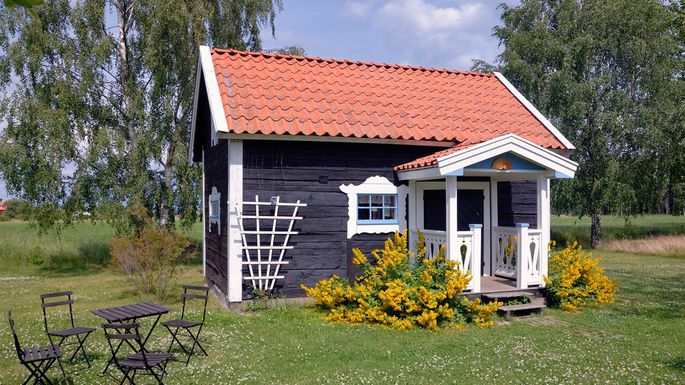A post concerning our life skills and what happens to them when we stop working
We spend a lifetime building skills, then we retire them.
In a fast moving life, workplace skills can quickly date. One moment you are ahead of the curve, the next minute you are out of time. This is particularly the case for those with technical skills (like lawyers) where we problem solve with rules, and when we are reaching the end of working life, we worry that we have little new or relevant to contribute.
But beneath our obvious, and maybe dated career skills, lies something else – a host of life skills, borne of experience, trial, error, making choices, taking chances, learning by mistakes. And it is these about which I write, for it is they that I believe we undervalue.
The 2013 film from Burning Man shot by Jan Beddegenoodts featured retired media professor Charlie Warner, aged 81, from New York City, now defined by saying, “If you can dream it, you can do it. But you have to be able to dream it first”.
At 2.31 time elapsed, Charlie recounts the contribution, or gift, he made during his visit to Burning Man. Whilst purporting to offer ‘career advice’, Charlie was really offering significant life insight based on eight decades of living experience. “No one said, what is this old guy doing trying to give career advice to people”. “People came up and said, ‘yes, how can you help me?’”.
Burning Man, not the real world, ‘and Charlie Warner seems a pretty exceptional person’. But many of us have unusual life skills, and some have altogether unique ones.
As we approach retirement, shouldn’t we be examining how to deploy the experience that we have, and in so doing enriching future generations rather than simply burdening them?
Whilst an advert may appear at the foot, this blog is neither monetarised, nor endorsing any product

